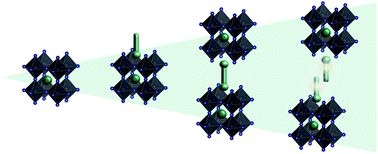Multifunctional layered hybrid perovskites
Abstract
Layered hybrid perovskites (LHPs) have recently emerged as attractive materials in optoelectronics, particularly due to higher environmental and operational stabilities as compared to their three-dimensional metal-halide perovskite analogues. These materials are based on hybrid halide perovskite layers templated by organic moieties that connect adjacent perovskite slabs. Since the organic systems applied have so far been primarily electronically insulating, LHPs feature charge confinement within the inorganic slabs and, consquently, they behave as quantum wells with unique optoelectronic properties that can be tailored by gradually changing the number of perovskite layers. While such versatile structures have been advantageous, they also render the functionality of LHPs highly dependent on their orientation and thus challenging to control, often compromising their performances. There has been an effort to overcome this challenge by developing LHPs with enhanced functionality through the introduction of semiconductive organic moieties that are responsive to various stimuli, such as electric charge, light, or pressure, as well as by incorporating chiral moieties that further alter their properties. This has set the basis for an emerging class of multifunctional LHPs and this article provides an overview of their developments with a perspective on the use in various technologies in the future.

- This article is part of the themed collections: 2023 Journal of Materials Chemistry Lectureship winner: Jovana Milić, Editor’s choice collection: luminescent metal halides and Journal of Materials Chemistry C Emerging Investigators


 Please wait while we load your content...
Please wait while we load your content...